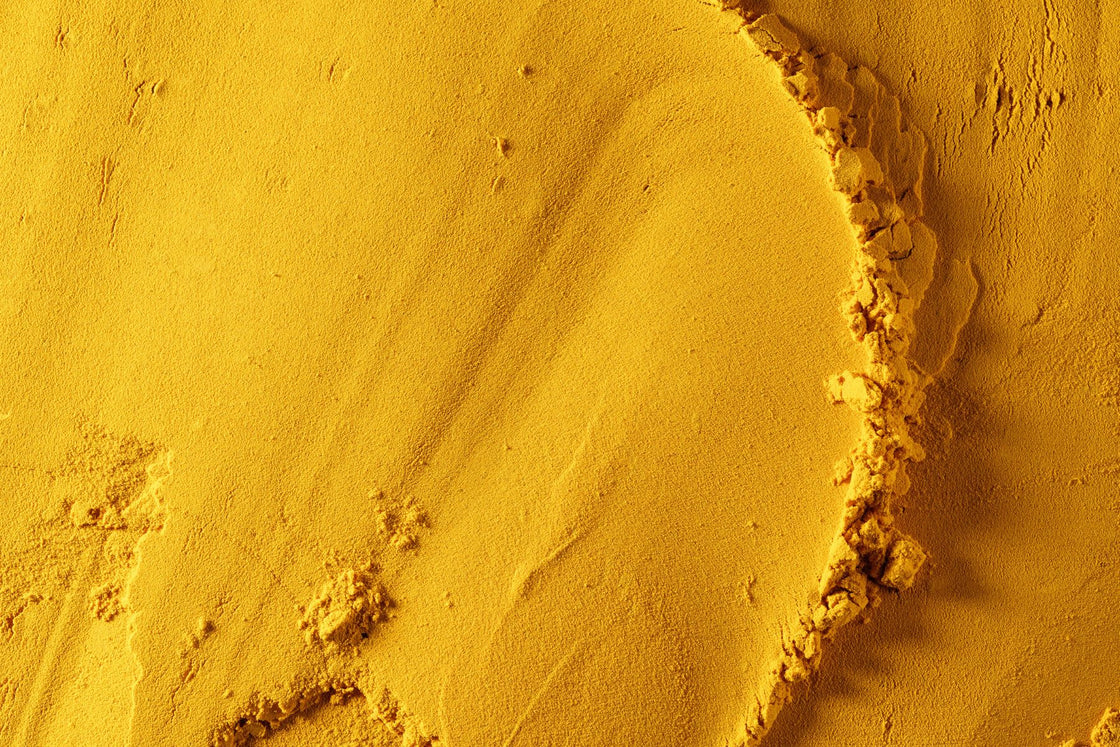A deep dive into the history and health benefits associated with turmeric
A popular ingredient which is often found in recipes, supplements, vitamins, and more recently on coffee menus and in specialist lattes, turmeric is typically characterised as a spice used in Asian cuisine. But the powerful ingredient, ground into a vibrant yellow powder, is much more than just a flavouring agent for curries and hearty dishes.
In this blog post, we’re diving deep into the history of turmeric, exploring how it became one of the top ingredients in alternative medicine and discussing exactly how it is used today.
The origin and where turmeric comes from
Turmeric is derived from a flowering plant which falls under the ginger family, and which requires a warm and humid environment in which to grow and thrive. Typically found in Indian countries and across Southeast Asia, when ground into a powder turmeric has a warm and bitter aroma which is reminiscent of black pepper and mustard.
When it was first discovered, thanks to its vibrant colour turmeric was largely used as a dye – before becoming part and parcel of ancient folk medicine, supporting the digestive systems and health of those who factored it into their food and their routine.
Turmeric’s history as a powerhouse ingredient
One of the desirable properties of turmeric has long been its versatility and the diverse array of benefits it presents to those who use it. Initially a potent dye, it was the flavour compound of turmeric which first saw it introduced to cooking.
Curcumin is the chemical, which is produced by the turmeric plant, and is largely considered to be the primary active compound within the product. As such, for many professionals it is actually the presence of curcumin which renders turmeric such a powerful and health-supporting ingredient, both historically and today.
Modern use of turmeric
Today, turmeric has evolved to become something that we covet both for its health properties, its flavour, and its intense and rich colouring.
In food, it is used in both sweet and savoury dishes as well as being added to milk to produce an alternative latte, and to other drinks such as smoothies to boost the presence of nutrients. The slightly bitter flavour that comes from turmeric means that whatever it is mixed with tones down and softens the flavour and taste in the mouth, creating a rich and earthy eating experience for those who experiment with the spice.
Turmeric is also approved as a food dye colouring, which links to its properties both as a food product and as an effective dye – though its use as a dye has slowed with the production of more effective and permanent dyes. Nonetheless, turmeric was originally used as a dye in the Middle East where it was discovered, making this a rich and important part of its history.
Turmeric, health and wellbeing
These days turmeric is often found in an array of supplements, used to help support a healthy lifestyle.
Our Turmeric Max product is available as a capsule which can be taken daily as a standalone product - or you can integrate turmeric powder into your cooking to reap the benefits of its flavour and other supporting factors.
Click here to learn about One Nutrition Turmeric Max and how this health-boosting ingredient can become an important part of your wellbeing routine in the form of a highly bioavailable supplement.



